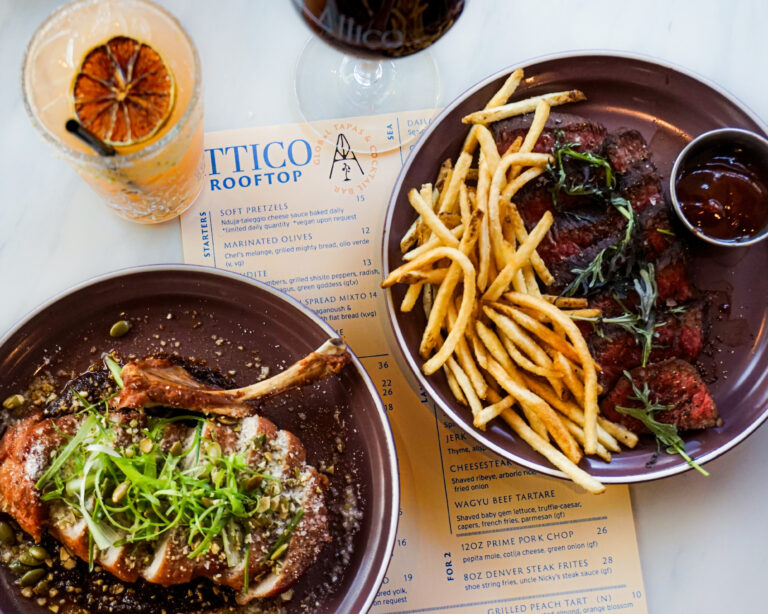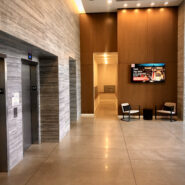Designing A Brand Identity
My experience designing a brand identity for OTLK Media as part of my internship with them.
My name is Nick Rose. I am a senior at Temple university studying Art Direction. I have a background in graphic design and studied graphic and interactive design at Tyler for two years before switching over to Art Direction. Currently I am interning at OTLK Media, a full service media agency based in South Philadelphia that offers photography, videography and design services. As part of my internship, my job was to create a brand identity for OTLK Media. My boss, Steve (CEO of OTLK Media) realized that we spend so much time designing brand identities for our clients that we forgot to update our own brand identity. Being that I have a background in design, he tasked me with updating the brand identity.
Upon receiving this task, the first thing I did was give myself deadlines to keep the project moving forward in a timely manner. To do this, I broke down the brand identity into five parts. I attributed one week to complete each of the parts. Below, I will go into detail on each of the five parts of the brand identity, and I will include images from the finished Brand Identity Document that I created for OTLK Media.
Week One: Brand Values, Brand Personality, Aesthetic References
I kicked off the brand identity by defining who we are as a brand. I know this sounds pretty abstract, but defining the look and feel of a brand with WORDS and a moodboard makes visualizing the brand a bit easier when it’s time to design. This portion of the document also serves as a sort of “employee handbook”… when new employees are brought on, they can refer to this section to get an idea of what type of brand we are, and how best to represent the brand. Below are some slides from this chapter of the brand identity.



Week Two: Logotype, Typography, Color Palette
The next chapter clarifies how to use essential brand elements like the logo, color palette and fonts. One important thing to note here is the “Exclusion Zone” in the logotype section. The Exclusion Zone is an invisible barrier around the logotype. No other elements should enter the exclusion zone at any time. This is important because if we send the logo off to a publisher, this lets them know how to handle the logo and its surroundings.



Week Three: Photography, Iconography
This next section covers how to shoot and edit photographs in our defined “style”. It also covers iconography, which is a specially designed system of icons to use on social media, marketing videos, etc.



Week Four: Video
This section is similar to the “photography” section but covers video guidelines. Included in this section are style guides for letter boxing videos, adding the logo to videos, type sizes for titles, subtitles, captions, etc. The reason for it being this thorough is to stay consistent at all costs.


Week Five: Appendix, Grid System
Now we’re getting into the nuts and bolts of the identity. The Appendix is basically business card designs and letterhead designs: the typical marketing collateral every business has. The Grid System defines how to create documents like the one we’ve been looking at: in case OTLK needs to create a treatment or some other piece of marketing for a client, they can use the grid system to throw something together real quick without having to worry about inconsistent spacing.


 Conclusion
Conclusion
I hope this post was helpful. Maybe it will come in handy one day when you have to design a brand identity.
Cheers!
-Nick Rose







This is awesome! Love the layout. It seems like this was the perfect internship for knowing your design style and passion for photography. I appreciate how you broke down the timeline of your work and executed it accordingly. The gloss varnish on the matte business cards looks great and I love what you did with the grid system and the other applications. I’m also working on a rebrand now and I’m trying to expand my visual representations of the process from sketch to digital – could be something to consider for your photos and icons for your portfolio.